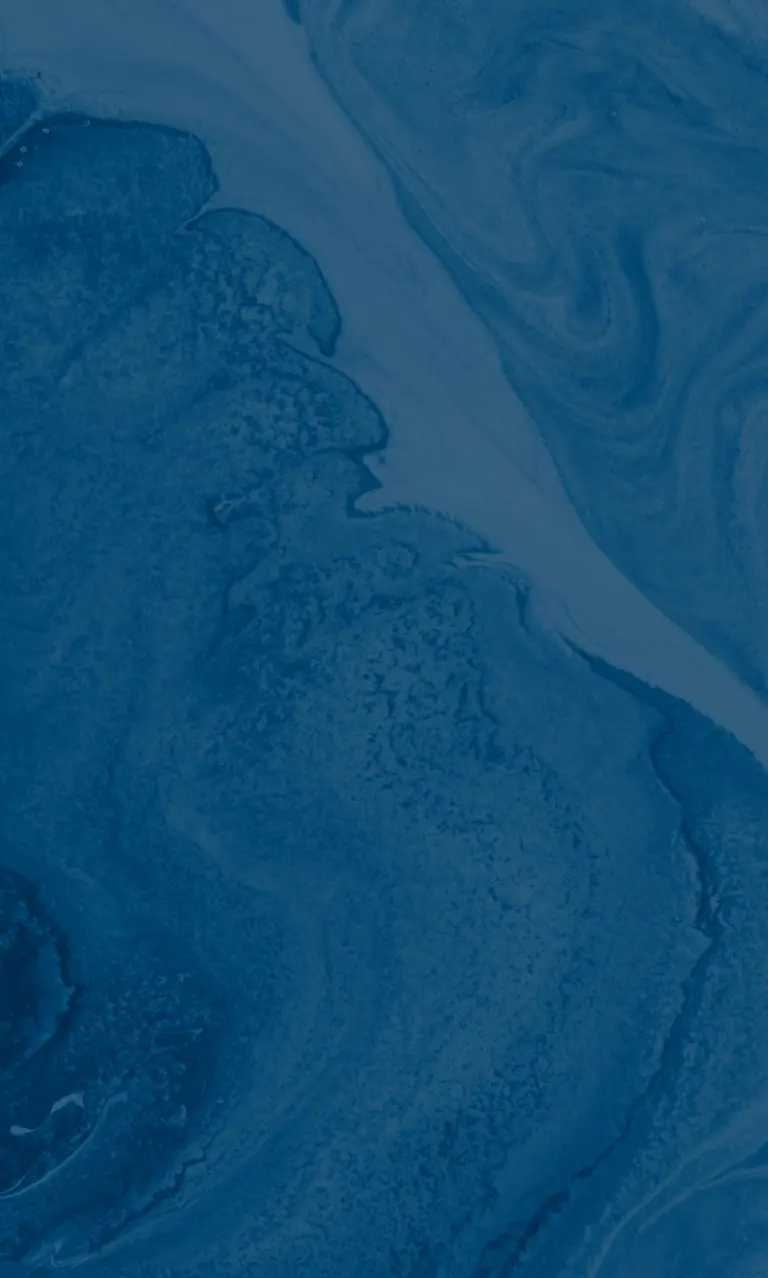Ola Understanding the mechanisms of ocean turbulence
A new way of measuring based on seismic profiling has recently revealed layering – fine quasi-horizontal structures in layers of water – in various ocean regions, particularly around mesoscale eddies, or Meddies, which are turbulence issuing from the Mediterranean to the Atlantic.
Using seismic data obtained on the water layers, the Ola project involves studying this layering, which has a thickness of between 10-100 metres and extends horizontally for between 1 and 50 kilometres, in various ocean regions and particularly in the vicinity of turbulence structures.
The object of the OLA project is to understand how these eddies form, their role in energy transfer and the associated energy dissipation. This information is vital given that, for climate predictions, how the ocean evolves over the long term crucially depends on the mechanism governing energy dissipation.
Partners
Centres de recherche
- Ifremer, Laboratoire de Physique des Océans, LPO - UMR 6523, Brest [Porteur de projet]
- École polytechnique, Laboratoire d'Hydrodynamique, LADHYX - UMR 7646, Palaiseau
- Grenoble INP, Laboratoire des Écoulements Géophysiques et Industriels LEGI - UMR 5519, Grenoble
- Université de Provence Aix-Marseille, Institut de Recherche sur les Phénomènes Hors Équilibre IRPHE - UMR 6594, Marseille
Funders
- Agence Nationale de la Recherche
